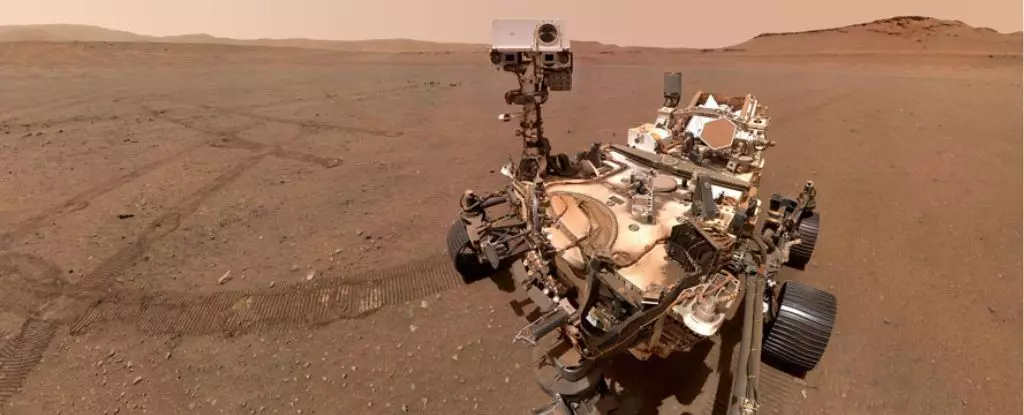As NASA grapples with escalating costs and delays associated with its ambitious Mars Sample Return mission, the agency finds itself at a crossroads. The prospect of enlisting commercial partners like SpaceX and Blue Origin to streamline operations marks a significant shift in strategy for returning Martian rocks to Earth. Initially projected to deliver a trove of samples by the 2030s, the mission is now under scrutiny as competition heats up with other countries aimed at achieving similar goals, notably China. This article delves into the implications of NASA’s new direction and the broader landscape of interplanetary exploration.
NASA’s Mars Sample Return mission, initially estimated to cost around $11 billion, has encountered financial hurdles that threaten its timeline and efficacy. The involvement of commercial space organizations like SpaceX, founded by billionaire Elon Musk, and Blue Origin, established by Jeff Bezos, is seen as a tactical measure to curb expenses. By leveraging the innovation and efficiency of these private entities, NASA might decrease the projected costs significantly. Recent analyses suggest that with commercial partnerships, expenses could potentially drop to between $5.8 billion and $7.1 billion, a move that could make the mission more viable economically.
Despite the potential for cost reduction through partnership, the question remains: can these commercial entities deliver on the complex engineering challenges required for a successful return? The use of a heavy lift lander, which NASA is considering, reflects an evolution in risk management as the agency seeks to ensure its mission remains feasible within an uncertain budget landscape.
NASA is contemplating two distinct architectural paths for the Mars Sample Return operation. One involves the tried-and-tested Sky Crane landing system, renowned for its successful deployment in previous rover missions. This familiar technology could mitigate risks associated with untested systems. The alternative, a heavy lift lander, represents a pivot to modern engineering solutions provided by commercial allies, emphasizing a shift toward collaboration between public and private sectors.
The design of the Mars Ascent Vehicle, a crucial component for launching Martian samples into orbit, is similarly under development. Located on the Martian surface, the vehicle will need to efficiently propel samples to rendezvous with the Earth Return Orbiter, an initiative managed by the European Space Agency. Each of these engineering feats illustrates the integration of advanced technology alongside planning for potentially adverse Martian conditions, including reliance on a nuclear battery instead of traditional solar panels—an operational shift likely made to counteract the challenges posed by Martian dust.
With China’s Mars exploration program progressing rapidly, the stakes for NASA have escalated considerably. The Chinese government has announced intentions to conduct a simpler sample return mission around 2028, which may position it as the first nation to achieve such a goal—a feat that would not only enhance its status in the global space community but also serve as a symbol of scientific advancement.
NASA’s Bill Nelson has expressed a clear delineation between the complexity of NASA’s approach and that of its competitors. He emphasized that while simpler initiatives, such as China’s, might offer quicker results, NASA’s methodologies are deeply rooted in comprehensive scientific understanding and international collaboration. The outcome of this competitive landscape rests heavily on the strategic decisions made in the coming years, as NASA navigates its financial constraints while pursuing groundbreaking scientific exploration.
Navigating the intricate responsibilities of interplanetary exploration, NASA’s exploration of partnerships with private companies signals an adaptive approach to meet the challenges ahead. As the Mars Sample Return mission evolves, its success—or failure—will not only be defined by economic viability and technological innovation, but also by the broader context of international space endeavors.
In a world where space exploration is increasingly collaborative and competitive, NASA stands at a pivotal moment. The decisions made now will reverberate through the agency’s future projects and may redefine what is possible in our quest to understand Mars. The next few years will be crucial for both NASA and its commercial partners as they aim to unlock the mysteries of the Red Planet and bring its samples home.


Leave a Reply